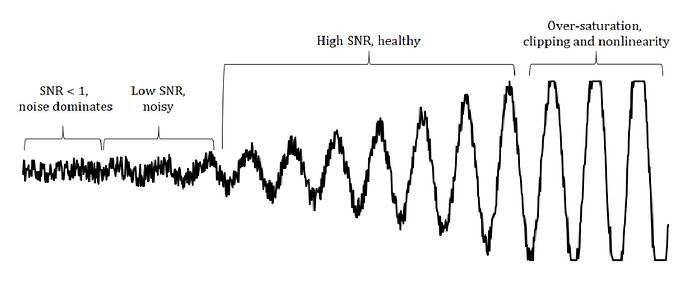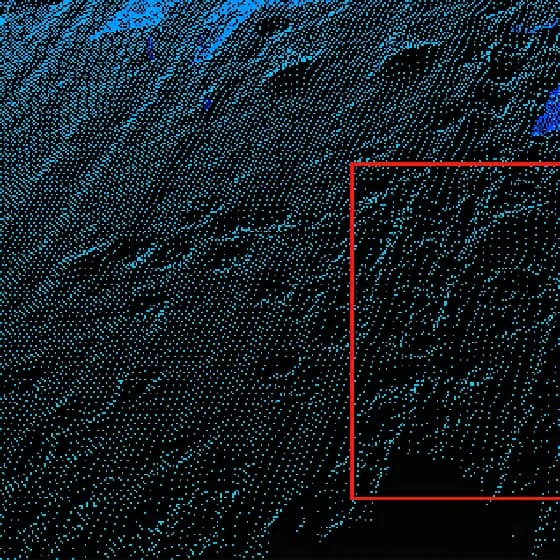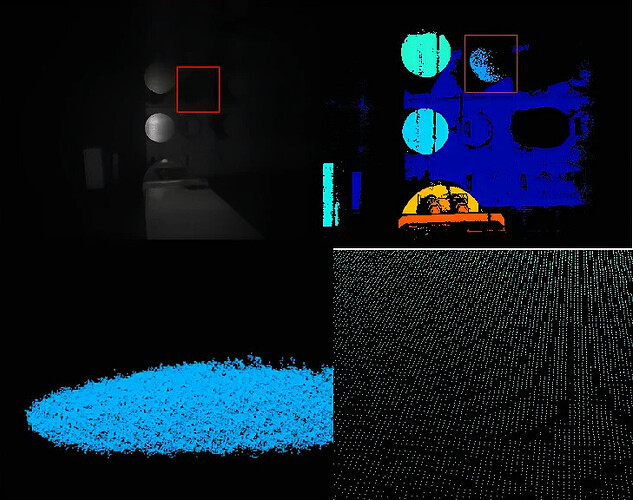The working principle of CMOS in cameras
The object reflects sunlight onto the CMOS sensor, which then converts the light signals into analog voltage signals. Then, an analog-to-digital converter (ADC) converts these analog voltage signals into digital signals, which would be used in processing images afterward.
Image quality terminology
- Grayscale: A grayscale image is one in which the value of each pixel is a single sample representing only an amount of light. The contrast ranges from black at the weakest intensity to white at the strongest.
- Dynamic range (DR): Every pixel in the image counts the number of photons it receives during access or exposure, and each number represents a value of light intensity. Dynamic Range (DR) is the ratio between the largest and smallest light intensity values.
- Signal-to-noise ratio (SNR): SNR is the ratio of reflected light, represented by the grayscale value, to the noise power of signal-processing components. A high SNR indicates a high-quality image, while a low SNR suggests an unqualified image. In the picture below, the high SNR parts correspond to the dynamic range.
A diaphragm showing the relationship between the signal and light intensity:
Light intensity principle in camera imaging (different grayscale values)
Image and point cloud screenshot (a low SNR):

Image and point cloud screenshot (a high SNR):
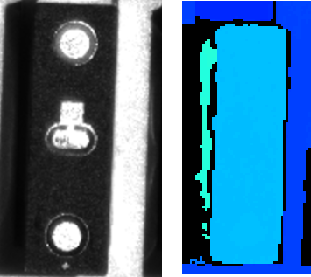
Image and point cloud screenshot (over-saturated):
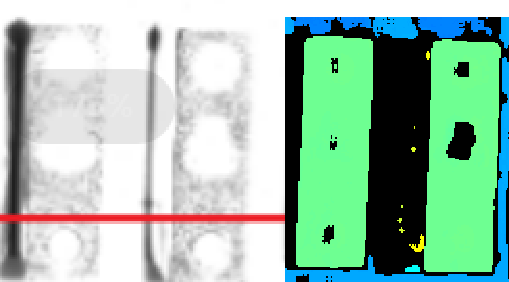
Imaging quality and its influencing factors
- Camera exposure time: In photography, exposure time is the length of time that the film or digital sensor inside the camera is exposed to light (that is, when the camera’s shutter is open) when taking a photograph. Longer exposure time means too much light is let into the camera, which results in an overly bright image.
- Overexposure: Longer exposure time results in overly bright images, in which many pixels appear white, and the grayscale values of these pixels are 255, the maximum. Therefore, exposure should be decreased.
- Underexposure: Shorter exposure time results in overly dark images, in which many pixels appear black, and the grayscale values of these pixels are 0, the minimum. Therefore, exposure should be increased.
- A good exposure: The grayscale value of a good exposure should range between 180 and 220, less than the maximum value.
- Point cloud quality:
- Whether point clouds are defective?
- Fluctuations and noise of point cloud: point clouds appear irregular and uneven, with fluctuations.
- Summary:
- The grayscale value, ranging from 0 to 255, makes up an image’s information. Overexposure and underexposure both result in information loss and more noise, leading to a lower SNR. For 3D cameras, problems are defective point clouds and more noise.
Overexposure: 2D flash images are overly bright and white, with defective point clouds. In 3D images, fluctuations and noise occur, with defective point clouds.
Below are a 2D (flash) image, a depth map, and a point cloud screenshot (with fluctuations) respectively:
Underexposure: 2D flash images are dark and black, while in 3D images, noise occurs as well, with defective point clouds.
Below are a 2D (flash) image, a depth map, one point cloud screenshot (with noise), and another point cloud screenshot (normal) respectively:


